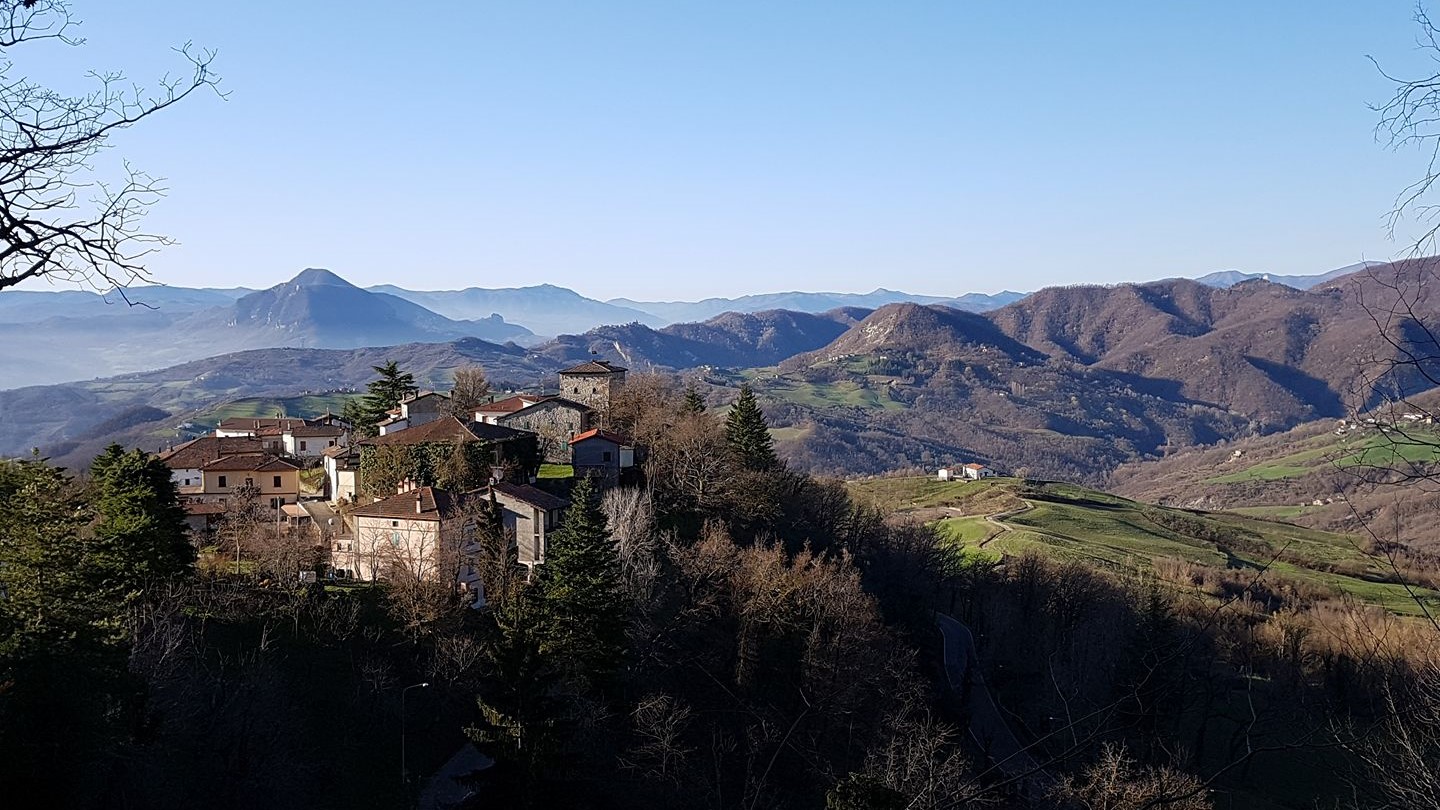
CEREGLIO
Cereglio lazily stretches out on the hills above Vergato, between 630 and 750 meters above sea level, enclosed in a small basin facing south and protected from the north winds by verdant woods. Between one bend and another on the road, which not so long ago hosted the motorcyclists of the Italian Mountain Championship, you come across the hamlets called Suzzano, il Borghetto, Monzone, up to Cavara the famous Cerelia. In fact, many link the name of Cereglio to this renowned source of alkaline water, without knowing that it is not the only one. The mildness of the climate, the richness of the waters and the beauty of the landscapes have already fascinated travelers in Roman times, but it is from 1117 that Cereglio is officially mentioned in the Annals of the Municipality of Bologna. There are many artistic testimonies such as the small 1300 fresco depicting Santa Caterina d'Alessandria, or the church dedicated to San Biagio, (named in the 14th century and restored after the Second World War) which preserves a canvas depicting the Madonna attributed to the painter Alessandro Tiarini. There are also many sporting activities that can be carried out on the football, five-a-side football and tennis courts of the i Prà Sports Centre, as well as along the renewed paths of the Vie del Sole: traced and safe paths for runners and bikers which wind starting from the town centre, where you can return to recharge your batteries with good traditional cuisine.
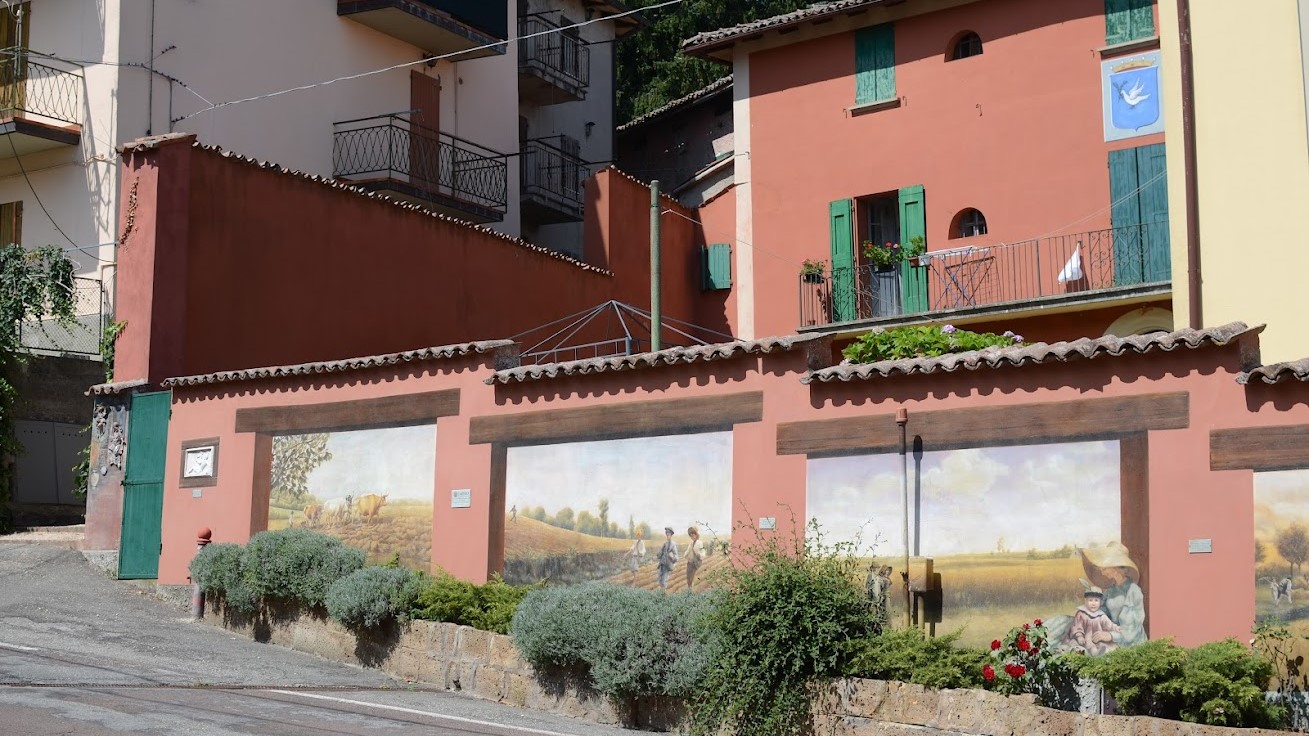
TOLÈ
Tolè, a delightful village in the Apennines, lying between meadows and woods, with its three hotels and numerous holiday apartments, offers all the attractions and comforts of a well-organized tourist welcome. The heart of the village, with its 14 artistically decorated fountains, the alleys and the walls of the houses embellished with frescoes and sculptures, is a real open-air museum. And for those who love walking, there is no shortage of paths to discover ancient farmhouses or historic mills that are still functioning and strolls through the green woods or immersed in the scent of the lavender fields.
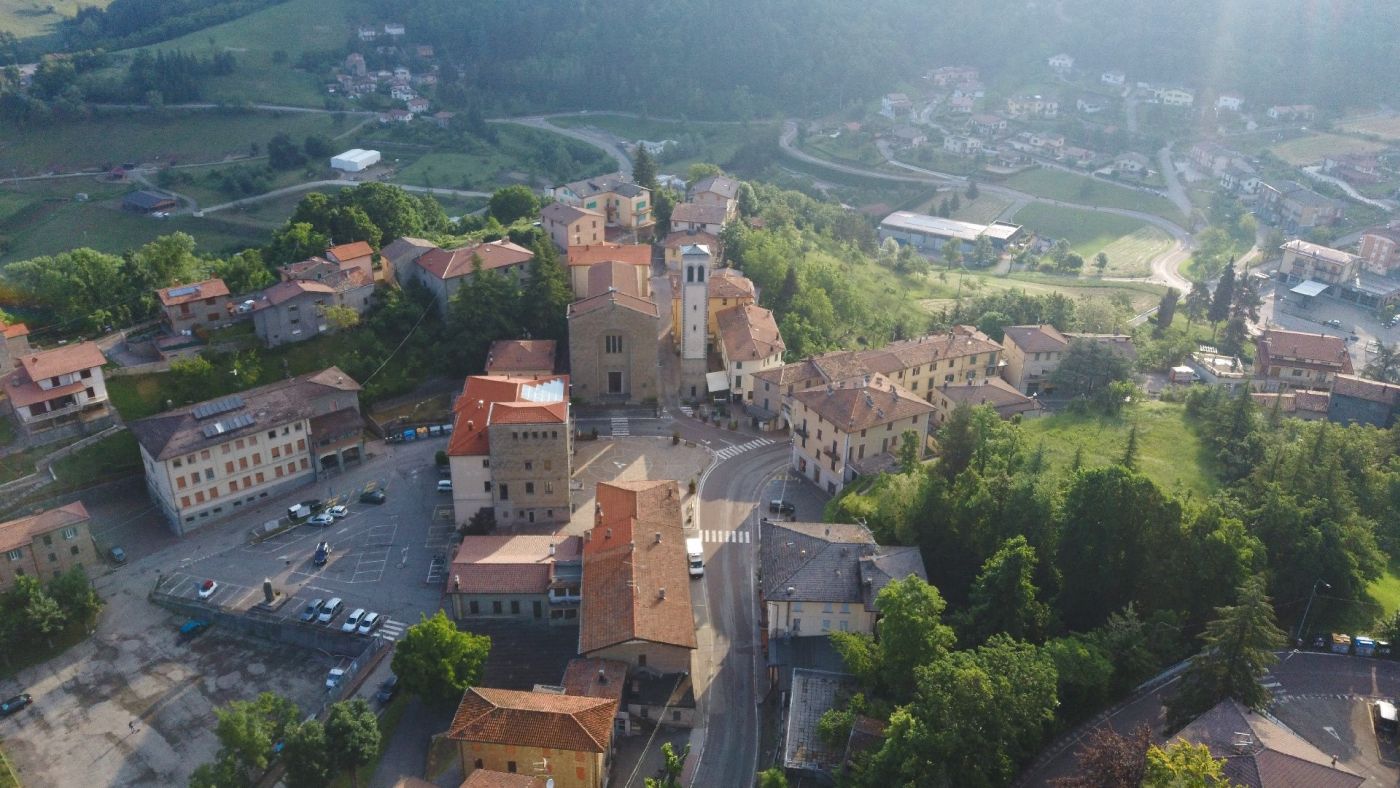
D’AIANO COUNTY
From the top of its 850 mt. above sea level Castel d'Aiano, a characteristic village in the Bolognese Apennines, overlooks the slope of the Reno valley on one side and that of the Panaro valley on the other, enriching itself with a suggestive panorama of the Corno alle Scale and Cimone chains . The green of the woods, the mountain houses, in villages or isolated, are certainly the first thing that reaches the visitor's eyes. Welcoming, well-stocked and modern shops; excellent quality hospitality and catering services; spaces and equipment for sports (a modern sports center with grass and synthetic soccer fields, a beautiful swimming pool recently renovated and made even more welcoming for the whole family).
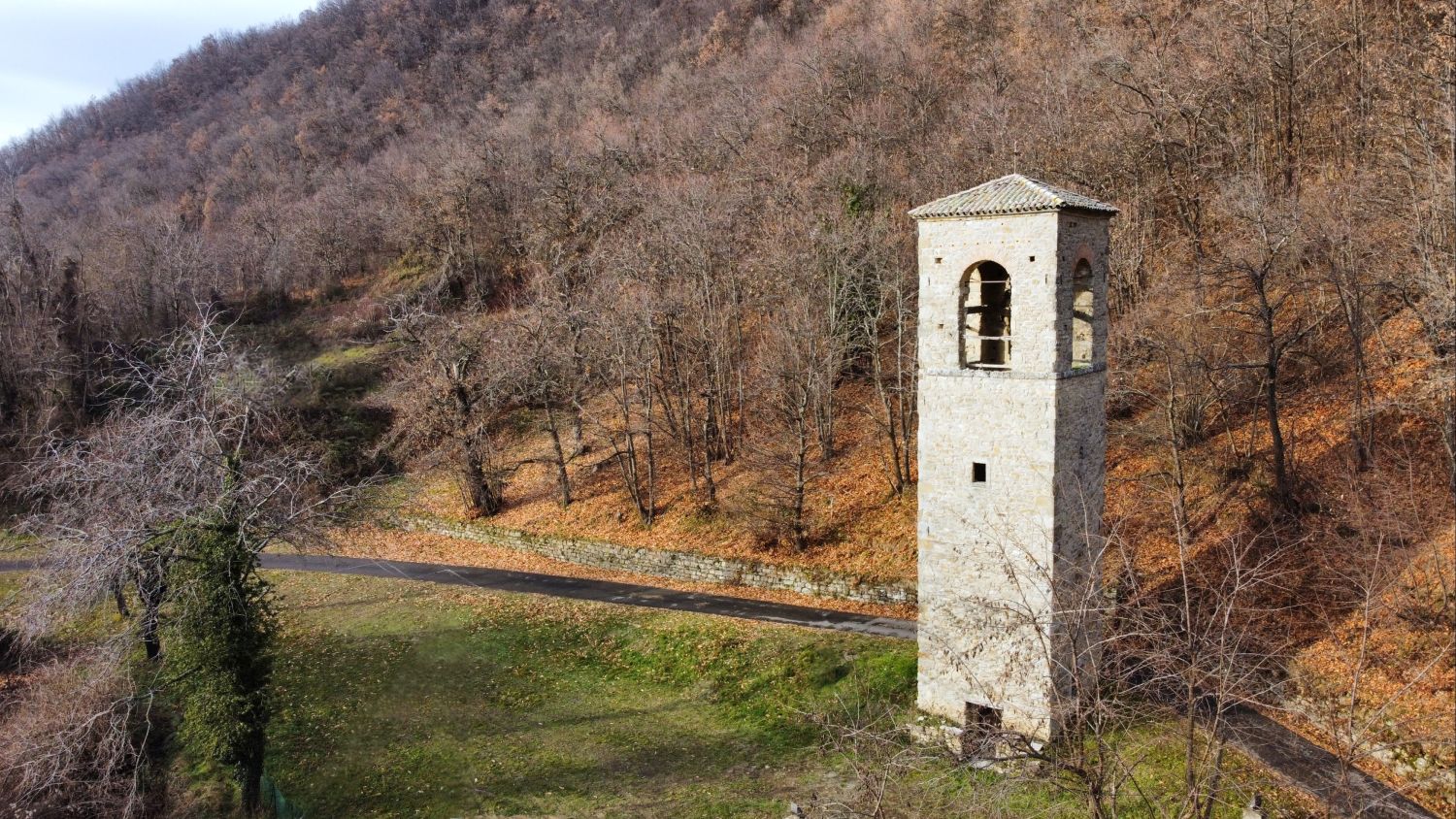
CITY OF D’AIANO
Villa d'Aiano is located in a sunny basin overlooking the wide Panaro valley. There are three bell towers, which date back to the 15th and 16th centuries and have been recently restructured, as well as the oratory which can be dated to around 1639. Very suggestive in the surroundings of Villa d'Aiano is the Mulino di Gea, which can be reached via the Belvedere route or following the Rio Gea. It is an ancient mill whose ruined walls give off a magical charm. Three streams flow through Villa where it is possible to practice trout fishing. On the first Sunday after August 15th, the whole town of Villa d'Aiano mobilizes to organize the feast of the Patron Saint, with music, dances, lottery and fireworks.
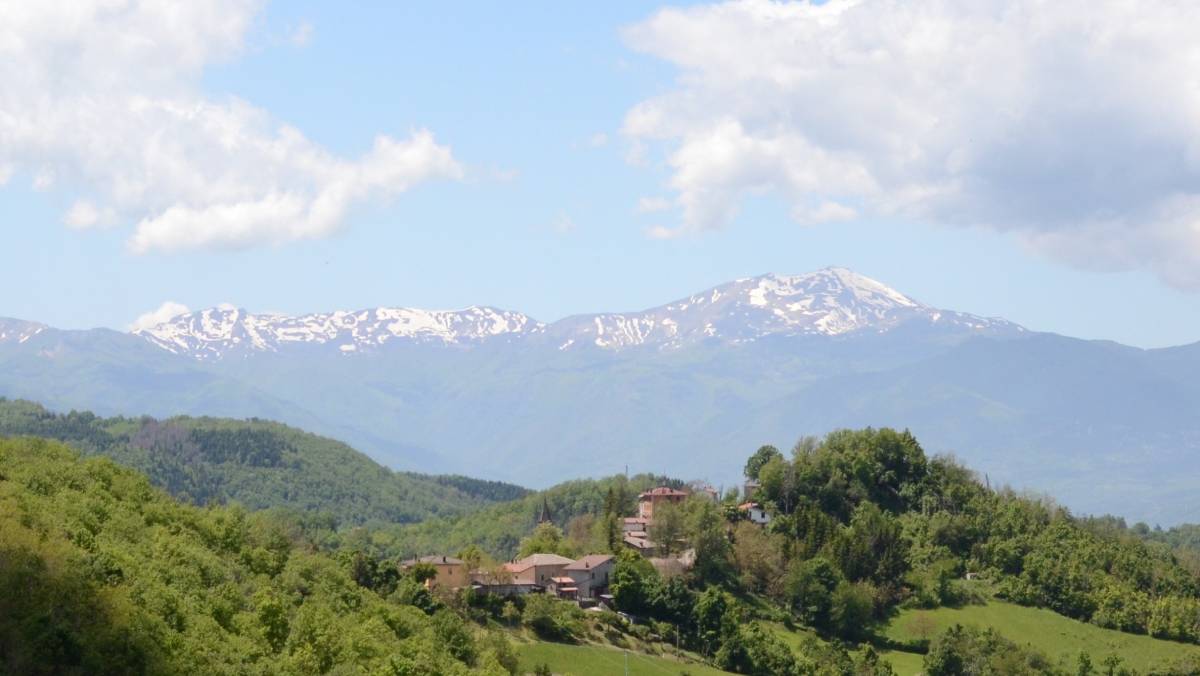
ROCKS
A rather steep road leads to Sassomolare, perched on three hills. The bell tower and the church are in the square, the heart of the town, and show off their maximum splendor after the restoration. The panorama dominates the surrounding valleys between Cimone and Corno alle Scale. If you love nature in all its different nuances, try to visit this small town and you will be able to appreciate the pure and balsamic air. You can also visit the "Rocca" what remains of one of the fortification towers of the medieval castle, or the village and houses with characteristic walls with exposed stones. A curiosity: the name "Sassomolare" derives from a quarry, now disappeared, whose stone was used to build the millstones.
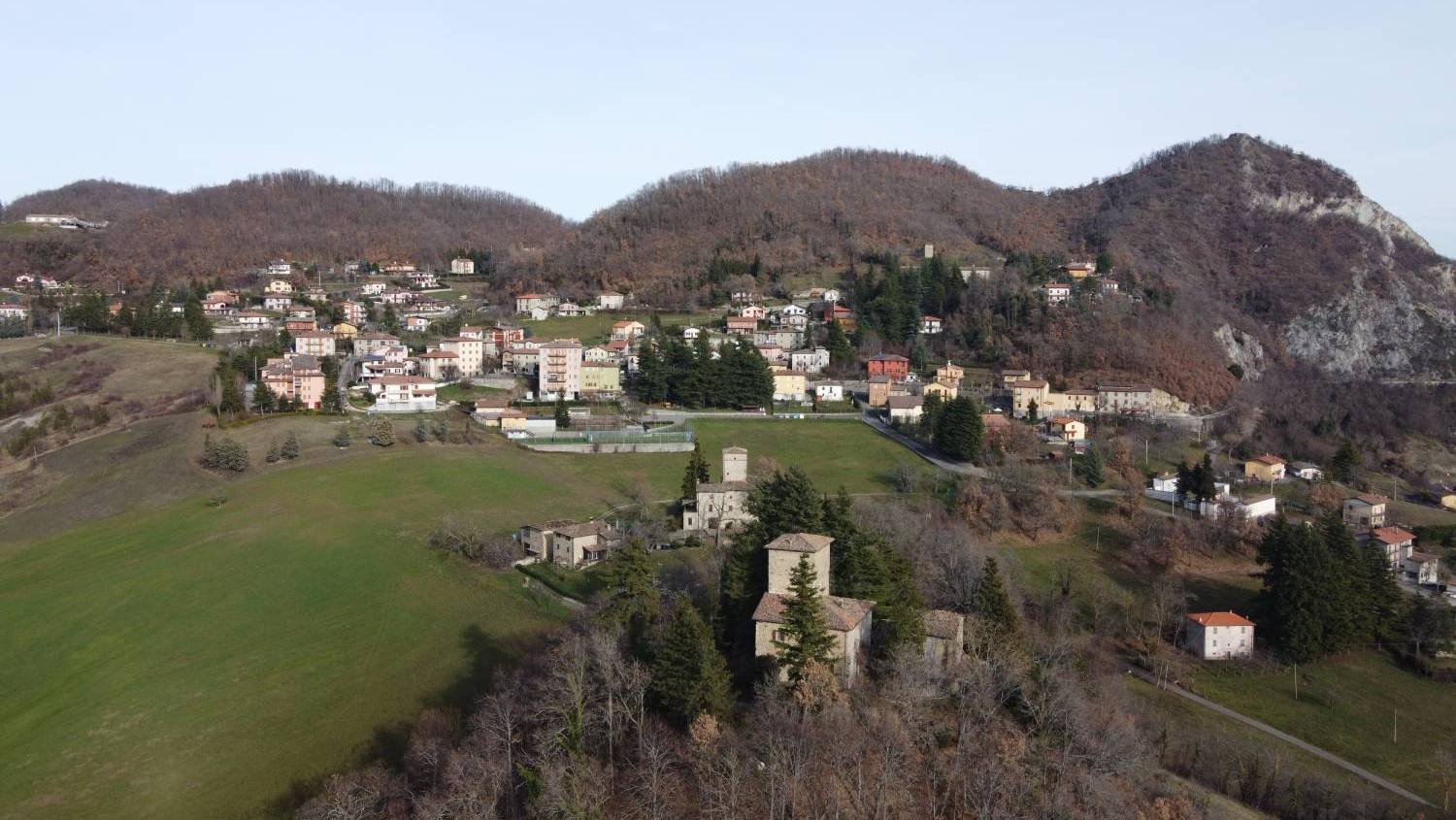
ROCK OF ROFFENO
Set on a gentle slope in the upper Vergatello valley, facing south and surrounded by green mountains, the village of Rocca di Roffeno is characterized by the cordial welcome of the inhabitants, by the presence of numerous medieval defensive buildings, by having been the scene of "The jump off", i.e. the breakthrough of the German defenses on the Gothic Line by the Allies, due to the presence of traces of a prehistoric village dating back to around the year one thousand BC, for some churches with elements of value, for a well-kept network of paths to be covered in trekking and mountain biking and for a varied and qualified gastronomic offer. Rocca di Roffeno is crossed by the paths of PICCOLA CASSIA and the GOTHIC LINE. The painter Giorgio Morandi stayed here between 1934 and 1939 who created numerous works that also portray the places of his vacation. There is a sports center with fields for soccer, basketball, skating, volleyball. In summer the locality comes alive with numerous and qualified cultural, sporting and gastronomic initiatives. The villages of Casigno, Santa Lucia and Serra Sarzana are part of the territory.

LABANTE
It is a town located in the Aneva Valley which still shows the two beautiful seventeenth-century churches of Santa Maria and San Cristoforo, both included in the parish church of San Giovanni di Pitigliano. In the Middle Ages Labante belonged to the lords of Roffeno who part of the coterie of nobles from Frignano were, Matildic vassals. In the thirteenth century the municipality of Bologna took possession of their fiefdoms and in 1244 confiscated all of its properties and rights from Azzo di Roffeno. Among the buildings worthy of note we mention the tower of ribecco which was a defensive structure, probably to be traced back to the medieval castle already documented in 1130, the central building can be dated to the end of the thirteenth century; the seventeenth-century Cà di Mingoia with Balchio; the so-called abbey a building now destroyed which incorporated a tower and the church of Santo Stefano the third medieval parish of Labante despite the name an abbey was never built there and the denomination probably derives from possessions of another monastery or from the fact that the parish priest of Santo Stefano may have obtained the honorific title of abbot.